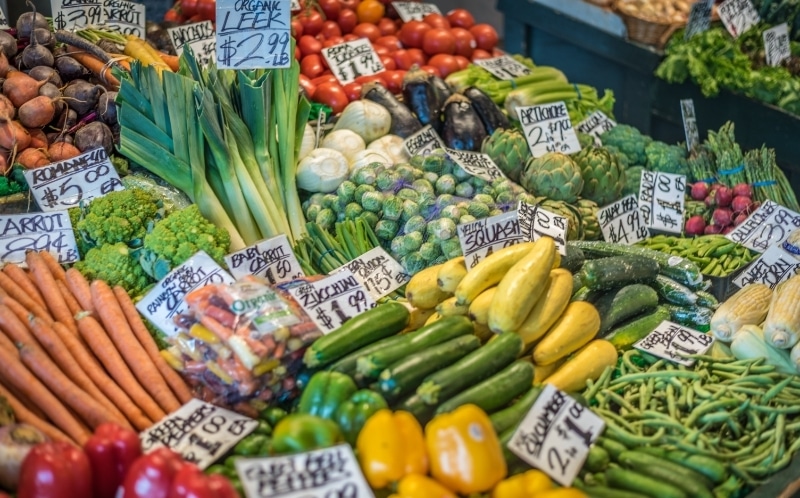
Food prices across the globe continue to climb faster than consumer prices and income due to a surge in raw material costs, according to a Bloomberg report.
- Global food prices surged to a fresh six-year high in January due to higher prices of staples like grains, sunflower seeds, soybeans, and sugar. Prices unlikely to drop soon due to poor weather, increased demand, and disrupted global supply chains.
- In the United States, prices rose close to 3% in the year ending January 2, nearly double the overall rate of inflation. An additional 13.2 million people in the country were pushed into food insecurity to jump 35% from 2018 as estimated by hunger-relief organization Feeding America. The number of grocery items on sale also dropped 20 percentage points due to limited supply.
- Another round of “shrinkflation” is expected — prices are retained, but product sizes are reduced, as practiced in the United Kingdom. Food prices in the U.K. are currently flat or declining due to a decade-long supermarket price war, but this may change due to the impact of Brexit which is adding to complications and delays to trade.
- Challenges in North America include logistics and shipping concerns due to shortage of shipping containers and truck drivers, on top of the rising price of oil that raised the cost of packaging.
- Families in emerging markets are forced to confront the issue, with some forced to consume less.
- Russia and Argentina have imposed price curbs on certain staples and pushed tariffs on exports to discourage outside trade and keep food prices at normal levels.
- Richer countries are focusing on self-sufficiency such as France with higher output of high-protein crops, and Singapore which approved lab-created meat.








Leave a Reply